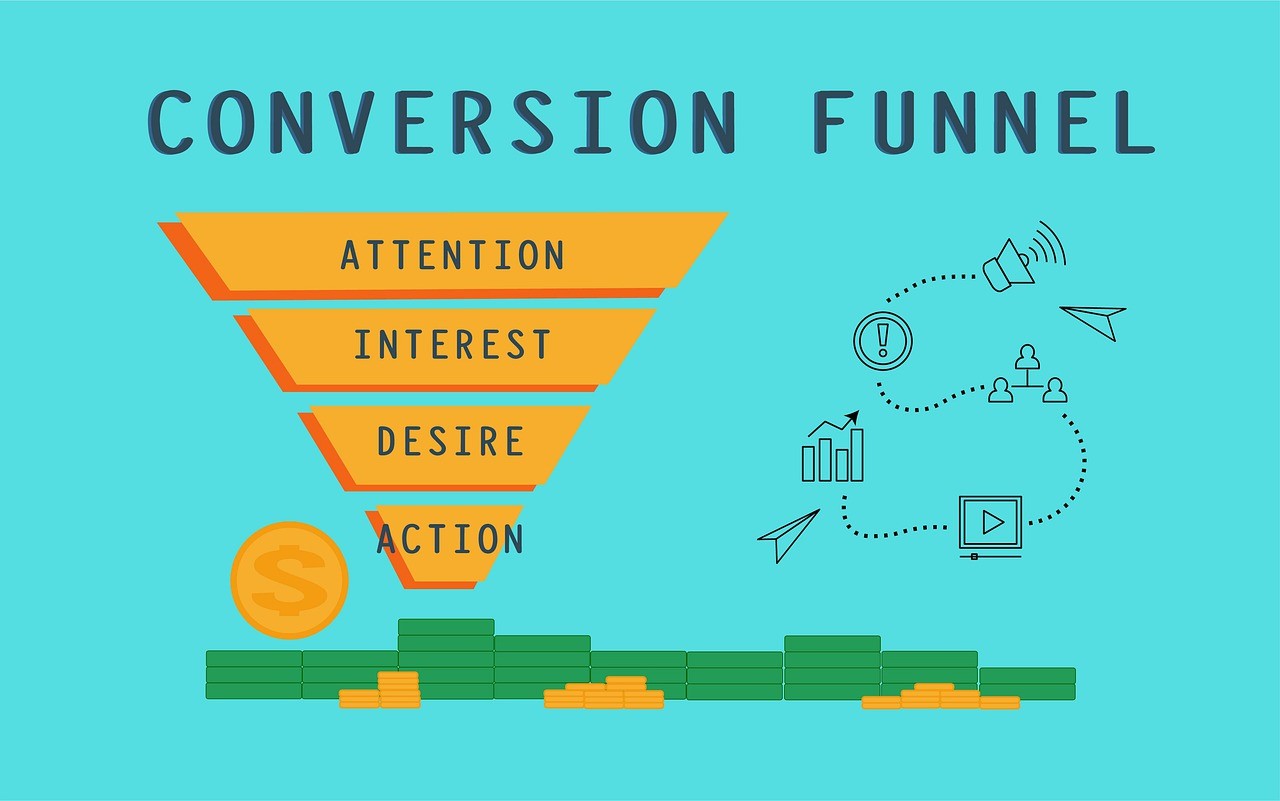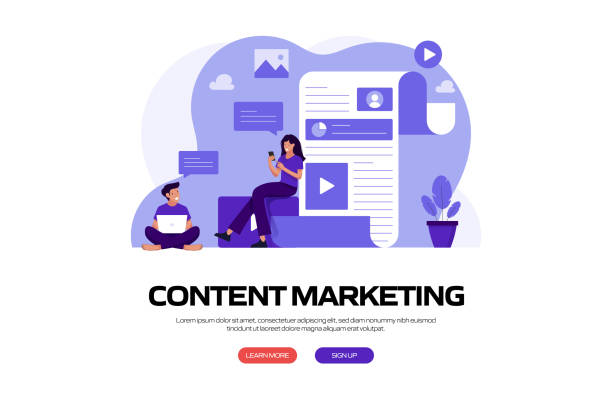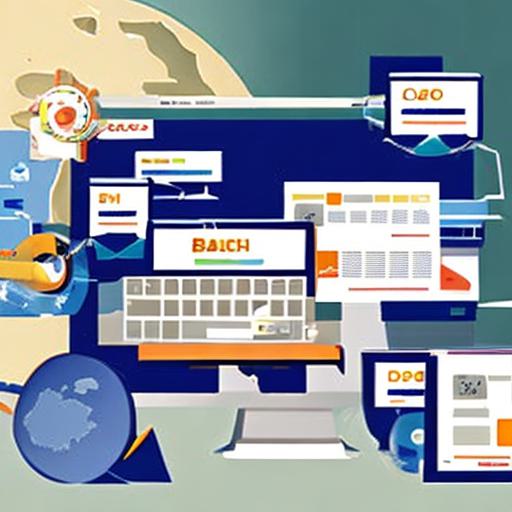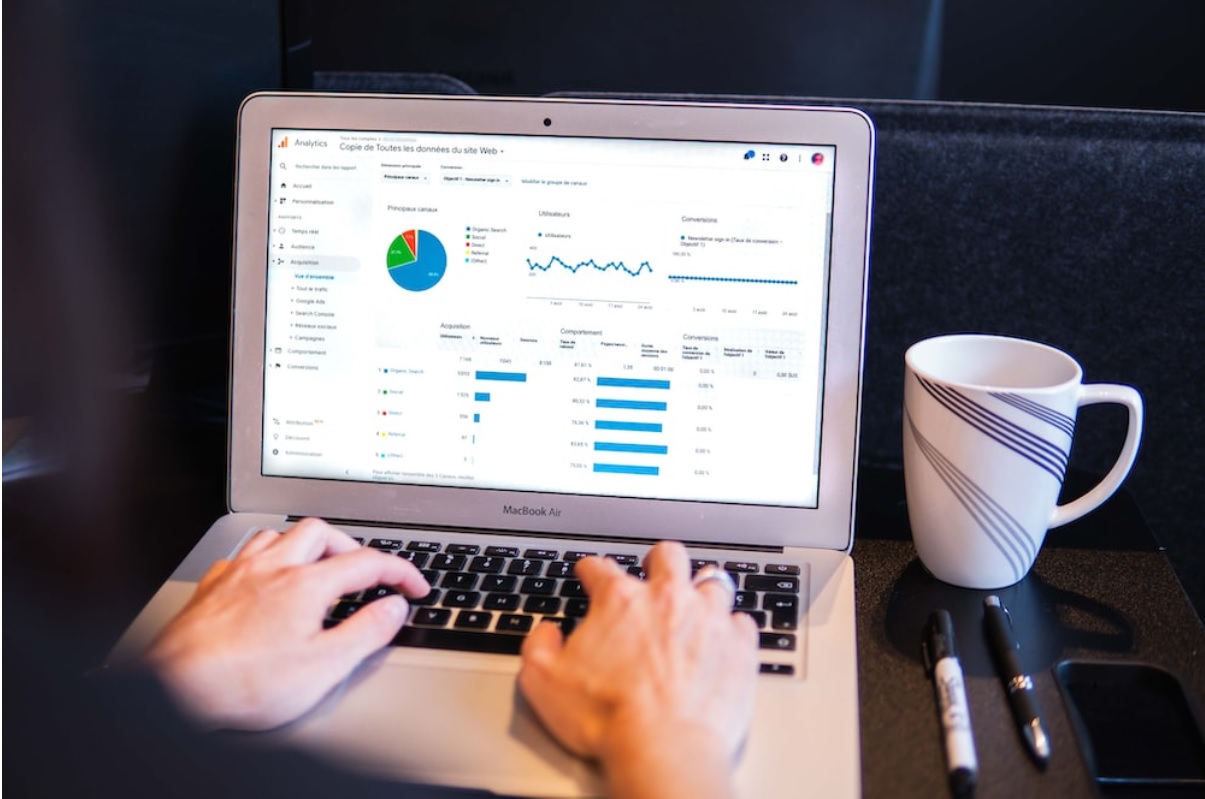All businesses want to maximize their performance, but not all understand the importance of the conversion funnel. The conversion funnel is the process a potential customer goes through, from the initial point of contact until they become a paying customer. Understanding the different stages of the funnel and knowing how to optimize each of them is essential to increase your conversion rate. In this article, we’ll cover the basics of funnel conversion , the most common mistakes, and the best tips to help you optimize every step of the customer journey and maximize your results.
Introduction to the conversion funnel
The conversion funnel is a visual representation of the journey a potential customer takes to become a paying customer. It consists of three stages: Top of the Funnel (TOFU), Middle of the Funnel (MOFU), and Bottom of the Funnel (BOFU). The goal of the funnel is to guide new customers smoothly through each stage until they become loyal.
The top of the funnel is the awareness stage, where potential prospects learn about your brand and your products or services through a defined prospecting marketing strategy . The middle of the funnel is the consideration stage, where potential customers evaluate your offerings and compare them to those of your competitors. The bottom of the funnel is the decision stage, where potential customers make a purchase decision and become paying customers.
Understand the stages of the conversion funnel
To optimize your conversion funnel , you need to understand each step and what potential customers are looking for.
Top of the Funnel (TOFU)
Top of the funnel conversion is building brand awareness and attracting potential customers to your website or social media. At this point, potential customers aren’t ready to make a purchase yet, but they want to learn more about your brand and your offerings.
To optimize the top of the funnel, you need to have a valuable content marketing strategy in place that educates potential customers about your brand and your products or services. These can include blog posts, social media updates, SEO content marketing , videos, and infographics. The goal is to bring value to potential customers and build trust so that you have a good return on investment.
Middle of the funnel (MOFU)
It is in the middle of the funnel that potential customers begin to evaluate your offers and compare them to those of your competitors. At this point, they are looking for more information and want to know the benefits of your products or services.
To optimize the middle of the funnel, you need to provide valuable content that educates potential customers about the benefits of your offerings. These can be case studies, a white paper, webinars and e-newsletters. The goal is to provide enough information to help potential customers make an informed decision without necessarily going through marketing campaigns.
Bottom of the Funnel (BOFU)
The bottom of the funnel is where potential customers make a purchase decision and become paying customers. At this point, they have evaluated your offers and are ready to make a purchase.
To optimize the bottom of the funnel, you need to make the buying process as easy and straightforward as possible. This can include offering free shipping, providing clear product descriptions and pricing information, and having a user-friendly checkout process. The goal is to make the buying process as easy as possible.
Common Funnel Mistakes
Companies make several common mistakes when optimizing their conversion funnel. Here are a few :
Lack of consistency
One of the most common mistakes is the lack of consistency between the different stages of the funnel. For example, if your TOFU content focuses on one topic and your MOFU content on another, potential customers may get confused and lose interest.
Lack of customization
Another common mistake is the lack of customization. Potential customers want to feel that you understand their needs and offer them tailored marketing actions that are different from traditional marketing.
Bad user experience
A poor user experience can also be a major barrier to conversion. If the checkout process is confusing or takes too long, potential customers may abandon their purchase.
Tips for optimizing the top of the funnel
Top-of-funnel optimization is all about building brand awareness and attracting potential customers to your website or social media channels. Here are some tips to help you optimize the top of the funnel:
Create valuable content
The key to top-of-funnel optimization is creating a unique content strategy that educates potential customers about your brand and your products or services. These can include blog posts, social media updates, videos, and infographics.
Use social media
Social media is a powerful tool for reaching potential customers and building brand awareness. Use social media platforms like Facebook, Twitter and LinkedIn to share your content and connect with potential customers.
Optimize your website
Your website is often the first point of contact that potential customers have with your brand. Make sure it is optimized for search engines and provides a user-friendly experience.
Tips for optimizing the middle of the funnel
Mid-funnel optimization is all about providing valuable information that helps potential customers evaluate your offerings. Here are some tips to help you optimize the middle of the funnel:
Provide valuable content
Just like the top of the funnel, the key to mid-funnel optimization is to provide valuable content. These can be case studies, white papers, webinars and e-newsletters.
Use retargeting
Retargeting is a powerful tool for reaching potential customers who have already shown interest in your brand. Use retargeting ads to keep your brand top of mind and encourage potential customers to move to the bottom of the funnel.
Personalize your message
Personalization is essential for a successful marketing strategy and optimizing the middle of the funnel. Use the data to personalize your message and offer solutions tailored to each potential customer.
Tips for optimizing the bottom of the funnel
Bottom-of-funnel optimization is all about making the buying process as simple and straightforward as possible. Here are some tips to help you optimize the bottom of the funnel:
Provide clear product descriptions
Potential customers need to understand what they are buying. Provide clear product descriptions that include pricing information and all relevant details.
Offer free delivery
Free shipping is a powerful motivator for potential customers. If possible for your business, offer free shipping to encourage potential customers to make a purchase.
Simplify the payment process
The payment process should be as simple and straightforward as possible. Cut out all unnecessary steps and make sure the process is easy to understand.
Examples of Successful Funnel Optimization
There are many examples of companies that have successfully optimized their conversion funnel. Here are a few :
So Contact
SoContact is a professional platform that masters the notion of marketing automation. It guides you on how to successfully optimize your conversion funnel. She uses a combination of valuable content, retargeting, and a user-friendly website to guide potential customers through each stage of the funnel.
Amazon
Amazon is a huge e-commerce platform that has optimized its conversion funnel to provide a seamless user experience. It offers free shipping, clear product descriptions, and a user-friendly checkout process.
Dollar Shave Club
Dollar Shave Club is a subscription razor company that has optimized its conversion funnel by providing a good content marketing solution, a simple pricing structure, and a user-friendly checkout process.
Funnel tracking and analysis tools
To optimize your conversion funnel, you need to track and analyze your data. Many tools are available to help you reach your targets and accomplish this task, including Google Analytics, Kissmetrics, and Mixpanel.
Common Funnel Optimization Challenges
Optimizing your conversion funnel can be difficult, especially if you’re just starting out. Here are some common challenges you may face:
Lack of data
If you’re just starting out, you might not have enough data to make informed decisions. It’s important to track your data early on so you can make informed decisions as you optimize your funnel.
Lack of resources
Optimizing your conversion funnel takes time, money, and resources. If you don’t have the resources to invest in optimization, it can be difficult to get results.
Lack of expertise
Funnel conversion optimization requires expertise in b-to-b marketing, data analytics, and user experience. If you don’t have this expertise in-house, it can be difficult to optimize your funnel.
Conclusion and next steps to maximize your returns
Optimizing your conversion funnel is crucial to maximizing your returns. By understanding the different funnel stages and implementing the top tips we’ve covered, you can increase your conversion rate and grow your business.
Start by analyzing your data and identifying areas for improvement, then develop a plan to optimize each step of your funnel. With time and effort, you can unlock the secrets of the conversion funnel and maximize your results.
Now it’s up to you. Are you ready to unlock the secrets of the conversion funnel? Start optimizing your funnel now and see the results for yourself.
What is a conversion funnel?
How can you measure the success of a conversion funnel?
What is A/B testing in the context of a conversion funnel?
How can email marketing be used to improve funnel conversion?
What are the benefits of a well-designed conversion funnel?











